Netflix Outage Leaves Tons Of Customers In The Dark
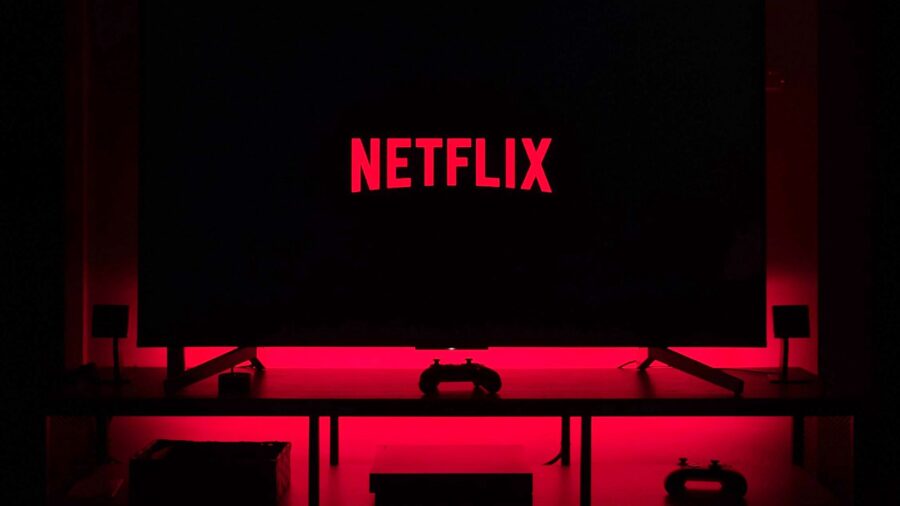
As The Verge reports, the most extensive streaming service worldwide, Netflix, experienced a significant, sweeping outage on Monday, December 11 that left countless subscribers unable to access their favorite shows and movies. The jarring disruption occurred around 5 PM EST, persisting until roughly 8 PM EST (critical Netflix and chill hours). Notably larger and more severe than the typical small-scale disruptions streaming platforms sometimes have, the technological hiccup reverberated worldwide.
Subscribers Receive Error Codes
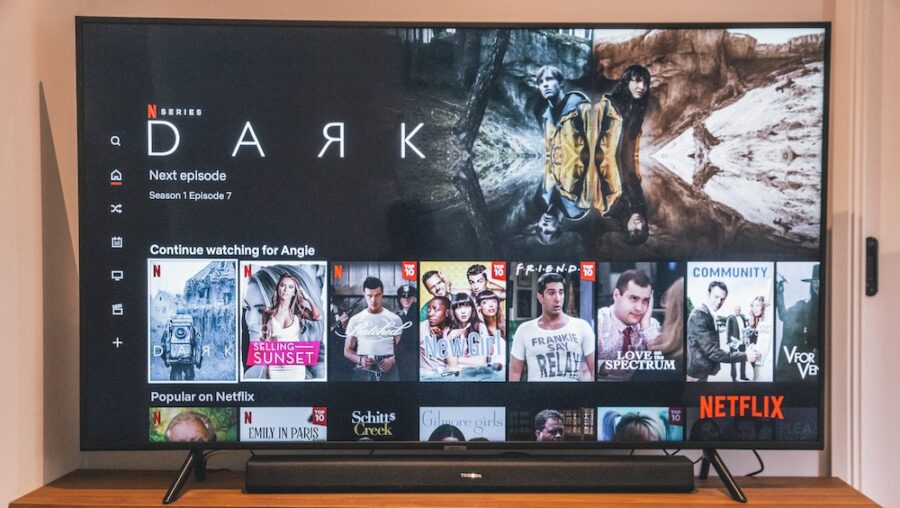
Reportedly, subscribers happened upon a weird error message, reading “tvq-pb-101” when trying to connect to the streaming platform. Across continents, would-be bingers encountered the odd, cryptic string of code accompanying their inability to access Netflix due to the outage. However and bizarrely, though, some pockets of viewers could stream content without issues, leading many to observe the odd inconsistency of the technical snafu. Netflix did not update its status page to reflect the problem until several hours into the blackout. Subscribers will be glad to know the status page has since resumed its green checkmark, signaling that the service functions normally.
Outages Began Around 5 PM EST
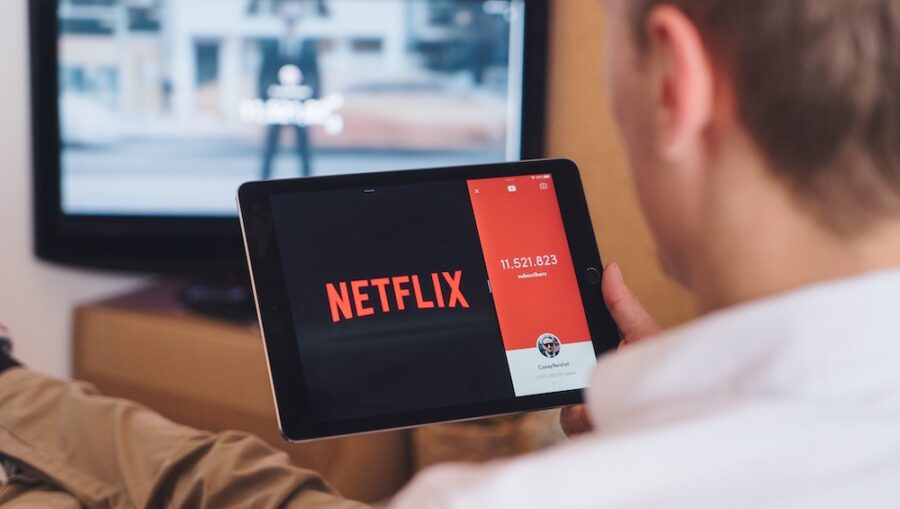
Like a citizen journalist tracking eventualities on the ground, Downdetector, a web service monitoring site functionality, logged a significant uptick in reports flagging Netflix’s outage at 5 PM ET. Unsurprisingly, beginning around this, viewers took to X (formerly Twitter), Reddit, Threads, Meta, Instagram, and more, to air their streaming grievances. Affected hardware devices ranged from Roku smart TVs to game consoles like PS5. Reports flew in from across the US—and the globe.When it came to other streaming providers, thankfully, service chugged along. Those enjoying Google or Amazon content did so uninterruptedly. Thus the specificity of the problem would hint at an issue unique to Netflix’s infrastructure or service delivery.
Netflix Has Not Responded
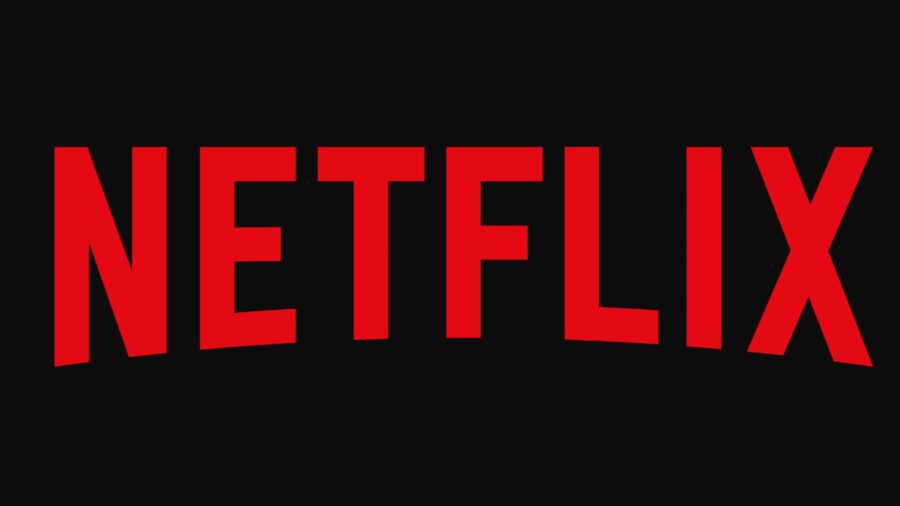
Netflix has not, as of yet, commented on the issue or provided specifics behind the outage. The silence frustrates some, especially in light of the recent dramatic rise in subscription costs for streaming services. Hopefully, the content provider, the household name in streaming, will clarify what happened.
TV Disruptions Are Nothing New
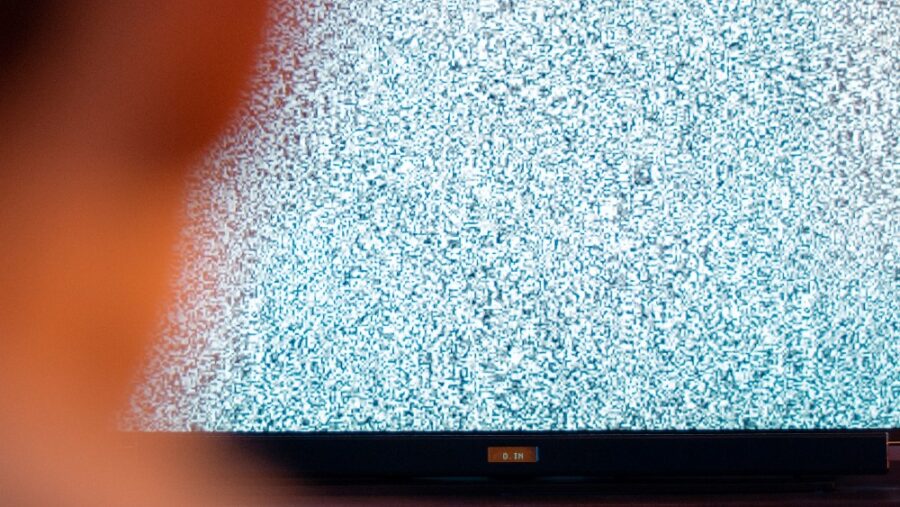
Outages have been an integral, albeit frustrating, aspect of broadcast and streaming content since respective inceptions. Emerging in the 1950s, cable television initially weather outages primarily due to physical issues such as damaged cables or general equipment failure. Technological advancement meant increasingly complex reasons for the cable being out, such as software glitches, power disruptions, and human error during maintenance.Generally, the shift to digital cable in the 1990s meant an altered outage landscape, one closely foreshadowing the high-tech environment currently characterized by Netflix’s outage. Digital systems soon proved more dependable, though their failures tended to impact wider customer bases and broader areas. Issues such as data transmission errors and equipment compatibility became the norm.
New Challenges With Streaming
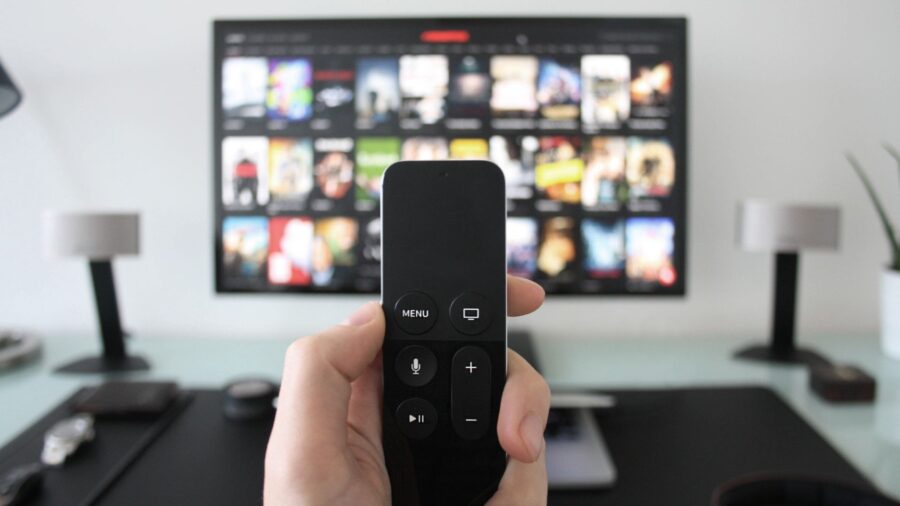
Then, in the 2000s, came streaming services—and new challenges. Because streaming relies on internet connectivity, it depends on an enormous number of “moving parts” functioning in tandem. These include ISPs, servers, cloud-based systems, high user traffic, third-party involvement, and cybersecurity. Given their dependency on Internet connectivity, big-name streaming platforms like Netflix, Amazon Prime Video, and Hulu have all endured widespread outages. Each time, these service disruptions impact vast numbers of viewers globally. Ultimately, Netflix’s service outage underscores the deep, real vulnerabilities in digital streaming—alongside the widespread impact such disruptions can have.











